The United States is home to some of the largest college campuses in the world. These campuses boast sprawling acreages and cater to thousands of students. Each one has a rich history, unique location, and impressive facilities. They provide a vibrant mix of academics, sports, and cultural opportunities. Here’s a detailed look at some of the largest college campuses in America.
Pennsylvania State University
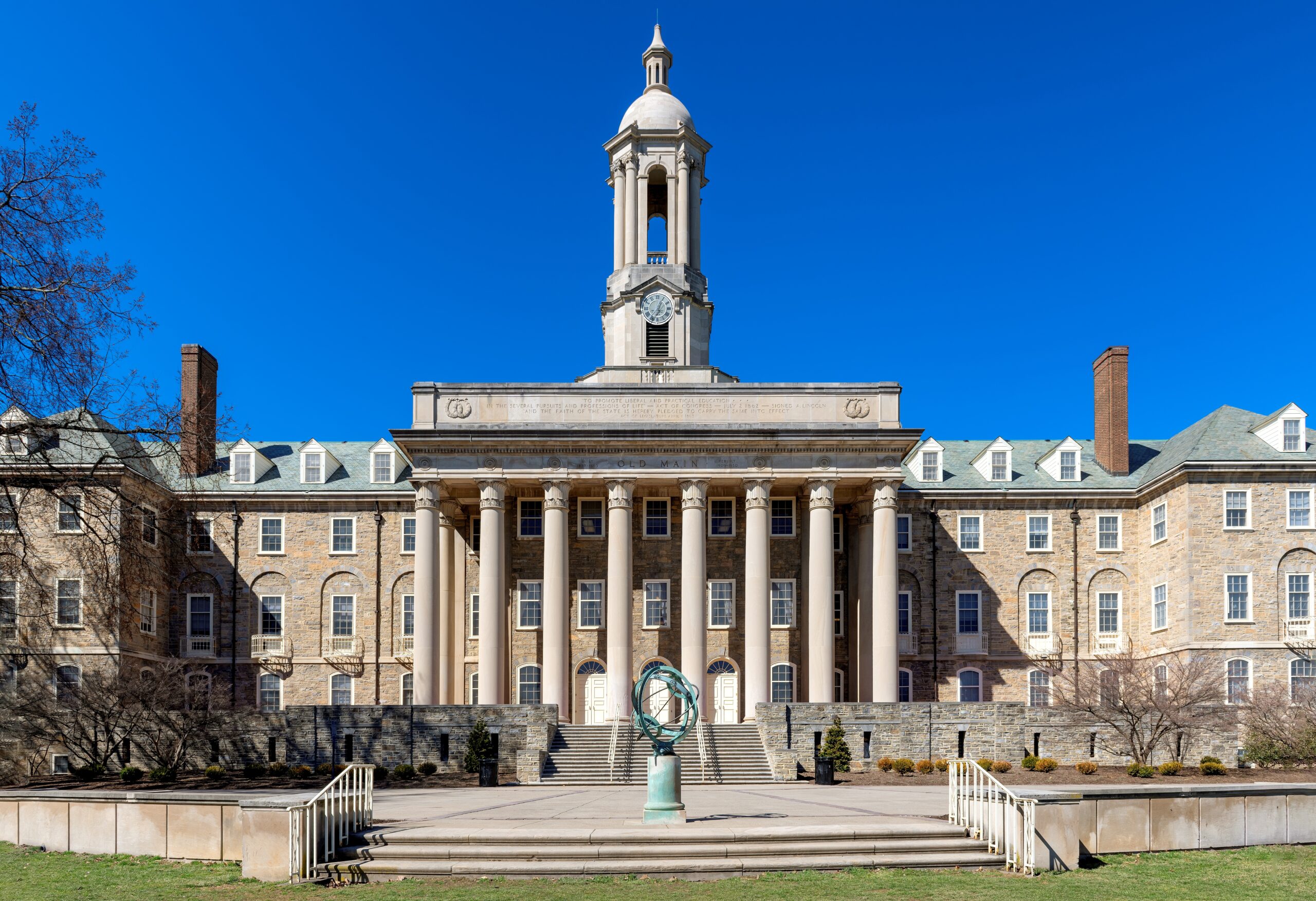
Pennsylvania State University, commonly known as Penn State, covers 7,958 acres in University Park, Pennsylvania. It is home to over 46,000 students at its flagship campus. Founded in 1855, it is known for its strong research programs and community focus. The campus includes historic landmarks like Old Main and the Nittany Lion Shrine. Beaver Stadium, one of the largest in the country, symbolizes its sports culture. Its sprawling landscape includes cutting-edge research facilities and natural areas. Penn State prides itself on its deep alumni network and commitment to service.
Liberty University
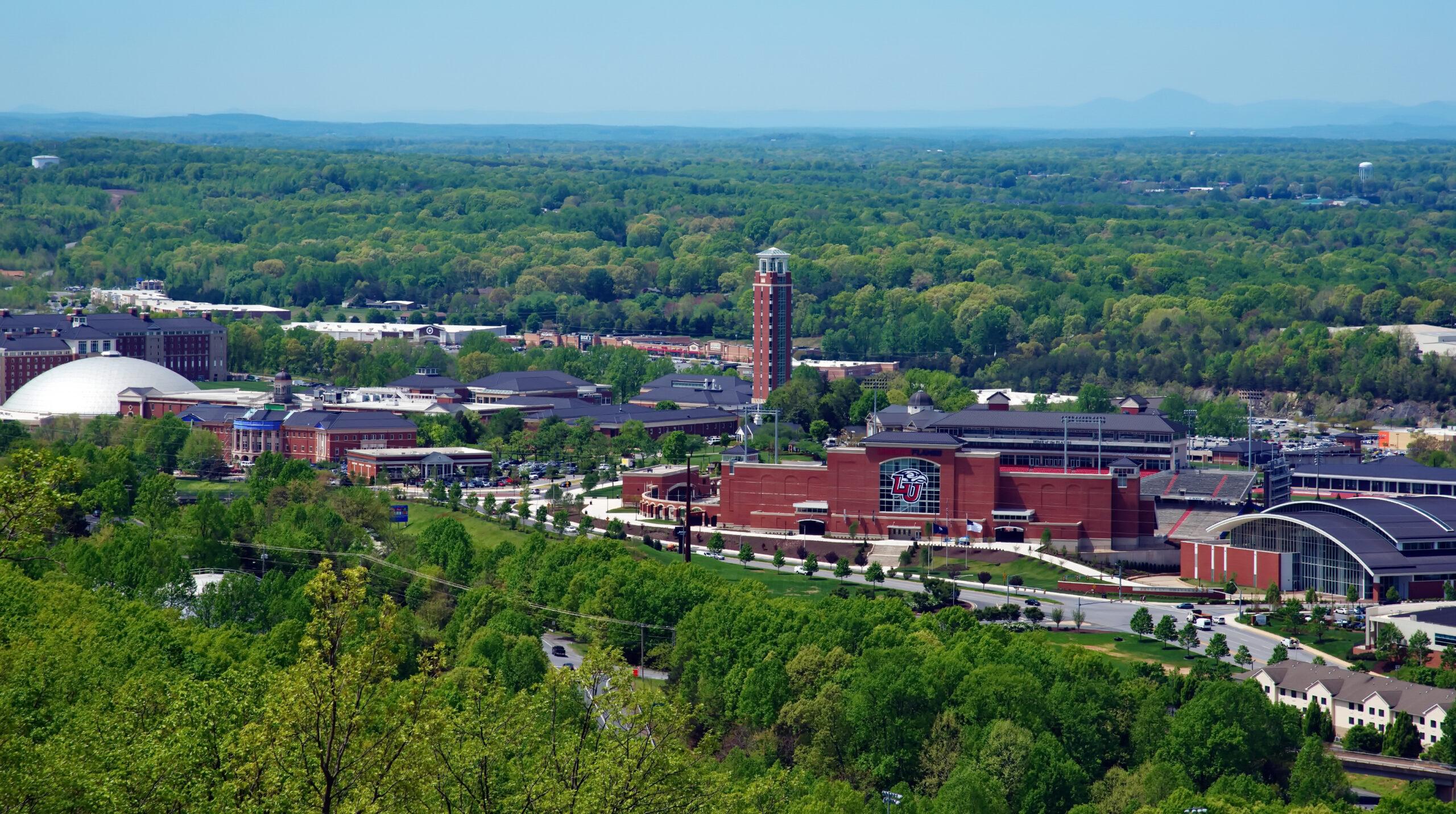
Liberty University spans over an impressive 7,000 acres in Lynchburg, Virginia. It supports a student body of over 125,000, including one of the largest online education programs in the country. Founded in 1971 by Jerry Falwell, it is a leading private evangelical Christian university. The campus features modern academic buildings, residential halls, and recreational spaces, including a year-round ski slope. Its scenic location near the Blue Ridge Mountains offers stunning views and outdoor activities. Liberty’s Jerry Falwell Library houses thousands of resources and innovative study spaces. The Vines Center and Williams Stadium support vibrant athletic programs.
Texas A&M University
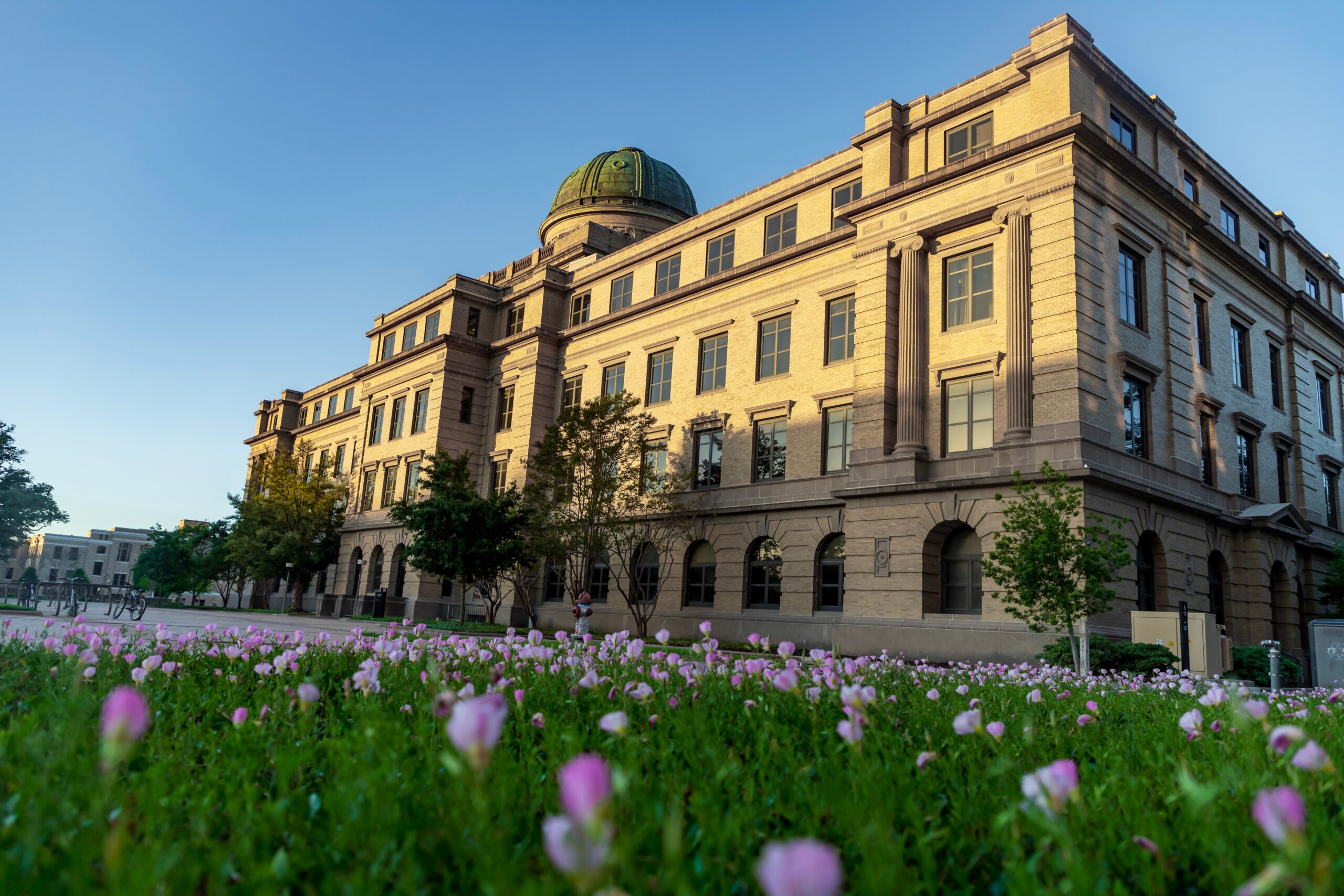
Texas A&M University boasts a sprawling 5,200-acre campus in College Station, Texas. It accommodates over 70,000 students, making it one of the largest universities in the nation. Founded in 1876, it was the first public higher education institution in Texas. The campus is renowned for its agricultural roots, with extensive research facilities and experimental farms. The Memorial Student Center is a central hub for student life. Kyle Field, the home of Aggie football, is one of the largest stadiums in college sports. The Bush School of Government and Public Service adds a historical and political dimension to the campus.
Michigan State University
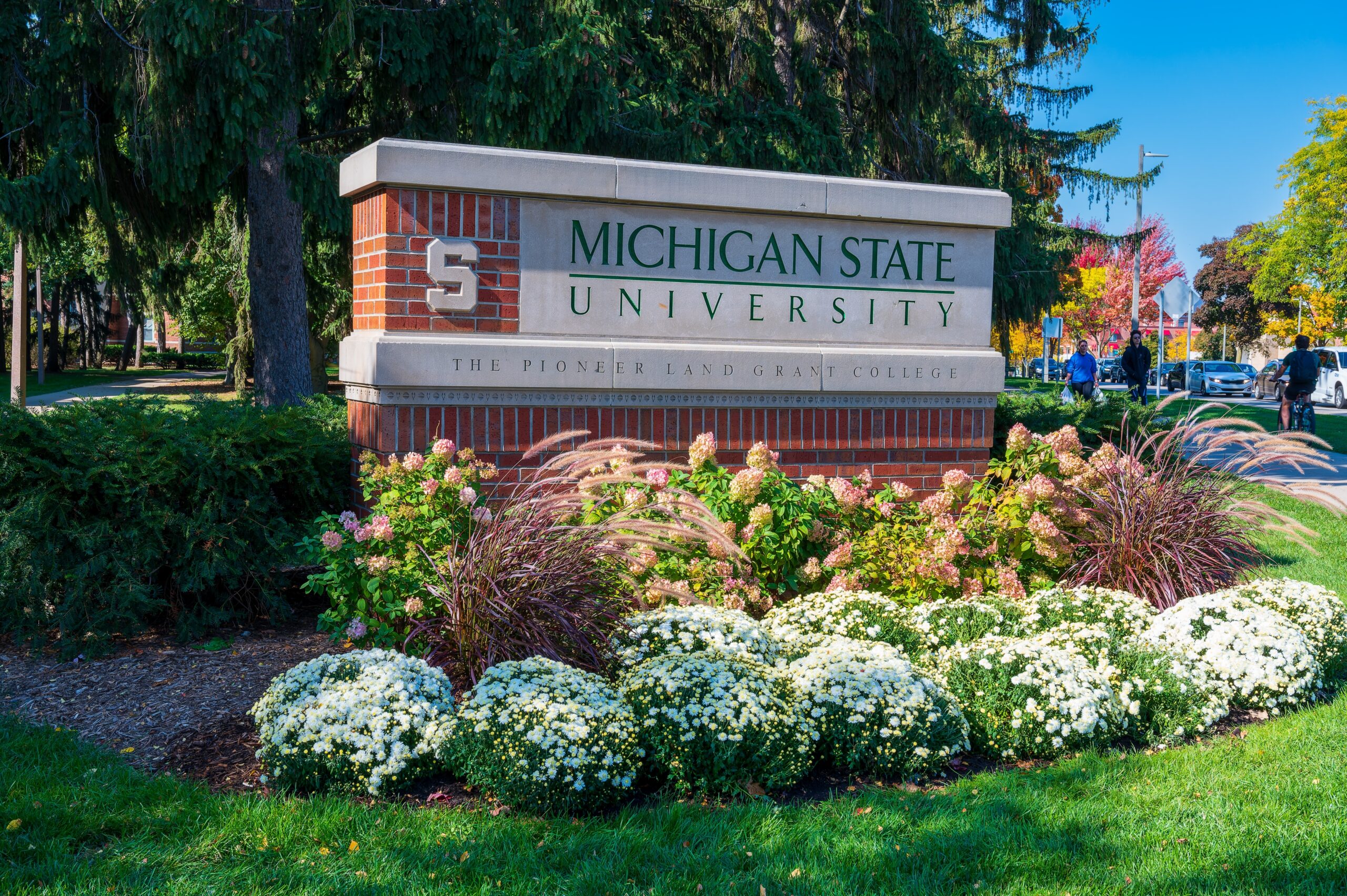
Michigan State University (MSU) covers a sprawling 5,192-acre campus in East Lansing, Michigan. It supports over 50,000 students across various disciplines. Established in 1855 as an agricultural college, it remains a leader in research and innovation. The campus includes historic landmarks like Beaumont Tower and the W. J. Beal Botanical Garden. It features cutting-edge research facilities and athletic venues, including Spartan Stadium. The scenic Red Cedar River flows through the campus, adding to its natural charm. MSU’s community-focused initiatives foster a global perspective.
University of Illinois Urbana-Champaign
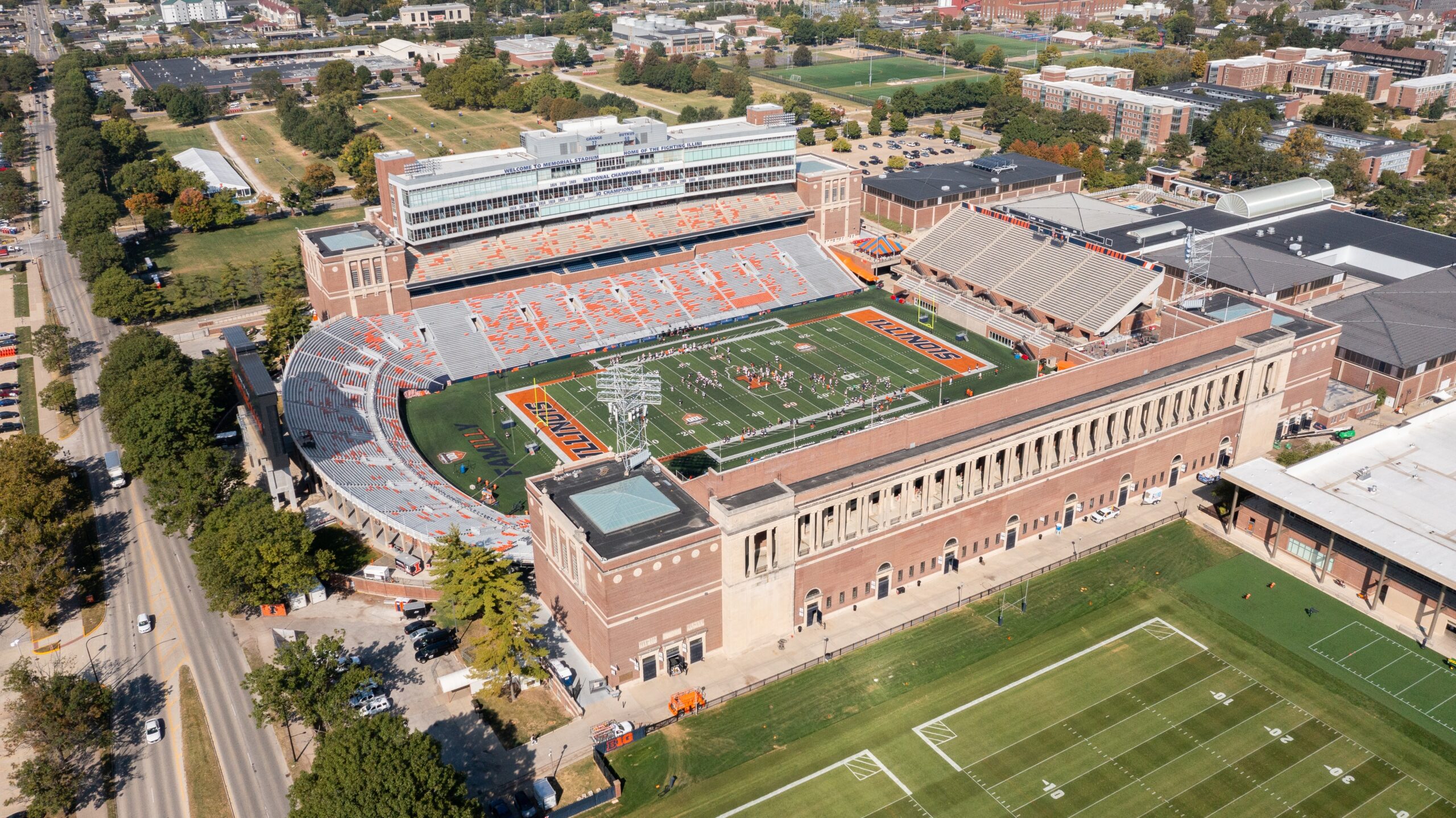
The University of Illinois Urbana-Champaign spans 4,552 acres across the cities of Urbana and Champaign, Illinois. With over 56,000 students, it is a hub for academic excellence and innovation. Established in 1867, it is a flagship institution known for engineering, business, and agricultural research. The campus features the iconic Alma Mater statue, a symbol of university pride. It also houses the Krannert Center for the Performing Arts and the Research Park, a tech incubator. The Morrow Plots, a historic agricultural research site, is the oldest experimental field in the U.S. Green spaces and modern dormitories provide a balanced environment.
University of Michigan
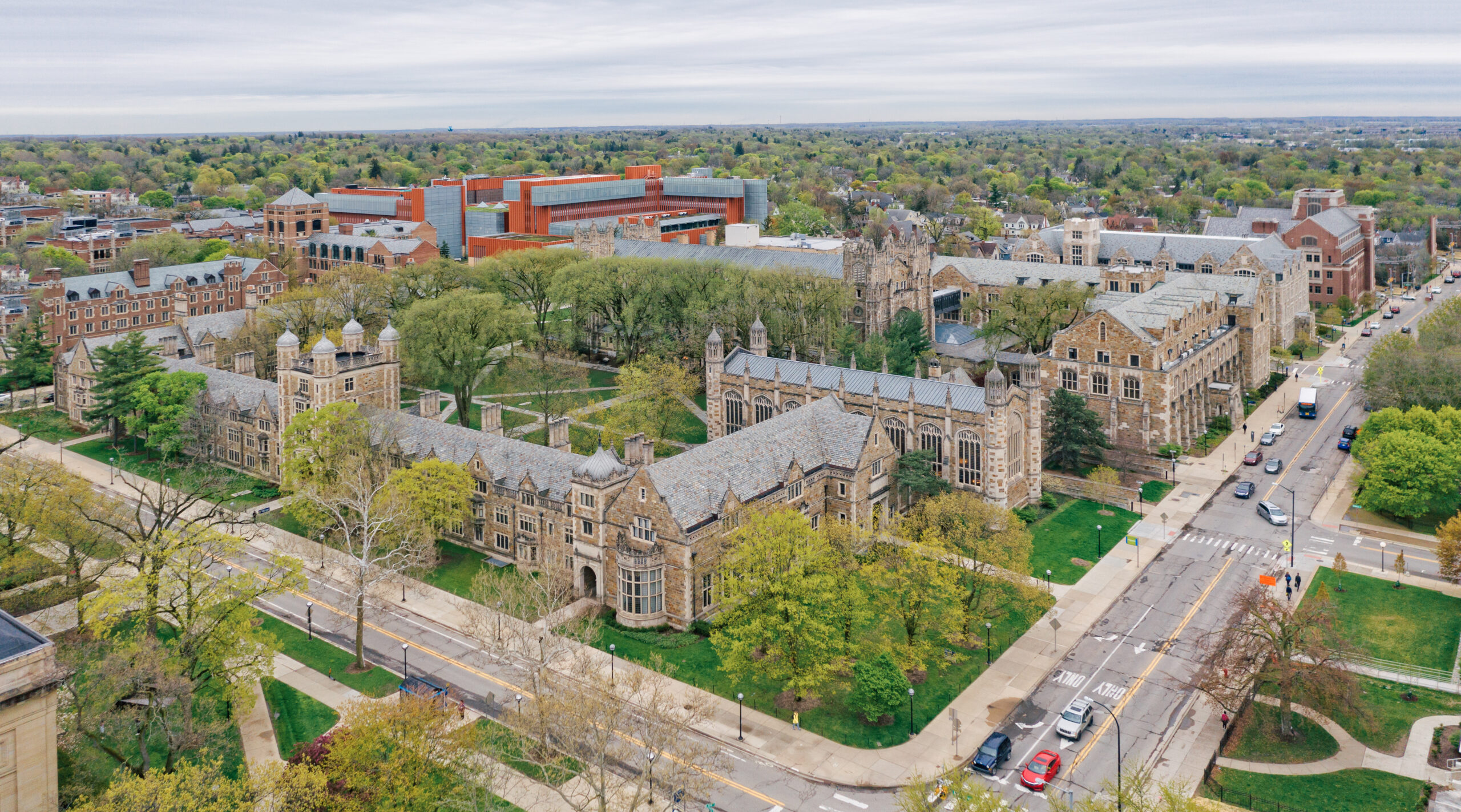
The University of Michigan spans 3,207 acres in Ann Arbor, Michigan. It enrolls over 47,000 students, offering a mix of undergraduate, graduate, and professional programs. Established in 1817, it is one of the oldest and most prestigious public universities in the U.S. The campus includes historic buildings like the Law Quadrangle and cutting-edge facilities like the Ross School of Business. Michigan Stadium, the largest college football stadium, is a key attraction. Ann Arbor’s vibrant culture enhances the university experience. Its research output and alumni network are globally renowned.
University of Minnesota
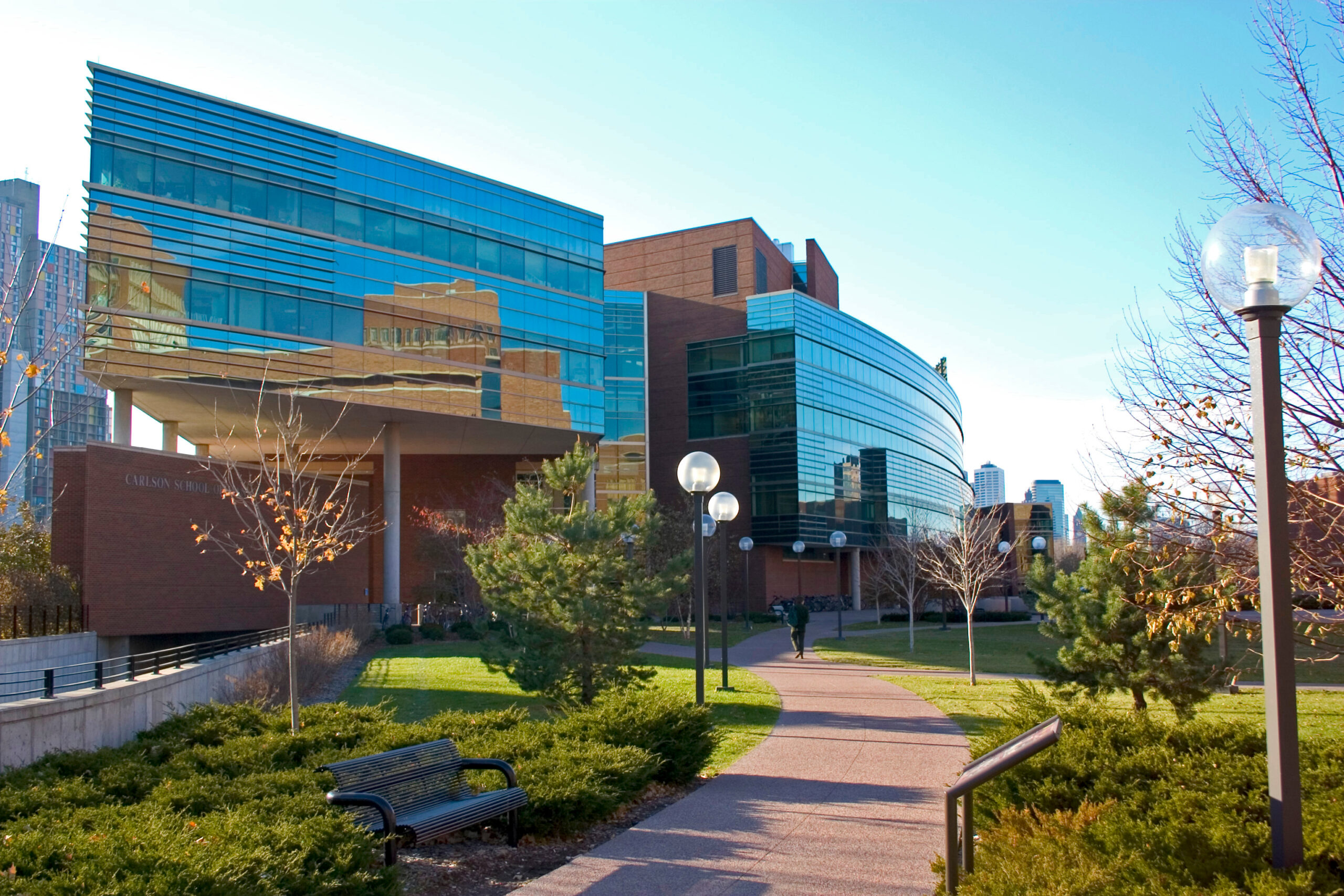
The University of Minnesota covers over 2,730 acres across Minneapolis and St. Paul. It serves nearly 50,000 students and is one of the largest campuses in the Midwest. Founded in 1851, it blends historic charm with modern innovation. The campus is divided into East and West Banks, connected by the Mississippi River. Landmark buildings include Northrop Auditorium and Coffman Memorial Union. Its medical center is a leader in healthcare and research. Extensive bike paths and green spaces reflect the university’s commitment to sustainability. The Twin Cities location offers unmatched cultural and professional opportunities.
Rutgers University
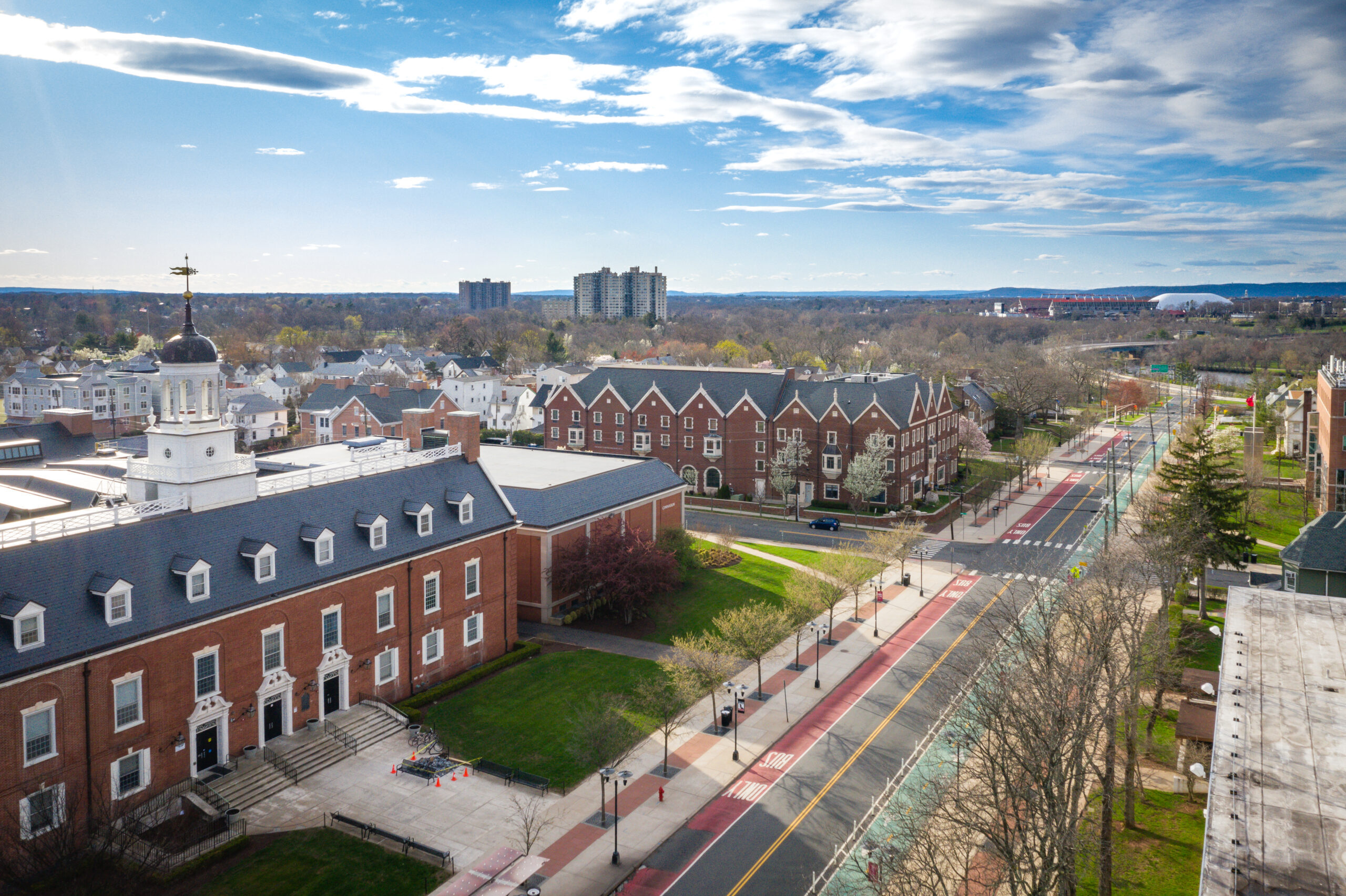
Rutgers University spans over 2,685 acres across five campuses in New Brunswick, New Jersey. It serves a diverse student body of more than 50,000. Established in 1766, it is one of the oldest universities in the United States. The campus combines historic charm with modern amenities. Notable sites include Old Queens, the university’s oldest building, and the Rutgers Gardens. Advanced research facilities and libraries make it a hub for academic excellence. Its proximity to New York City and Philadelphia adds to its appeal.
Purdue University
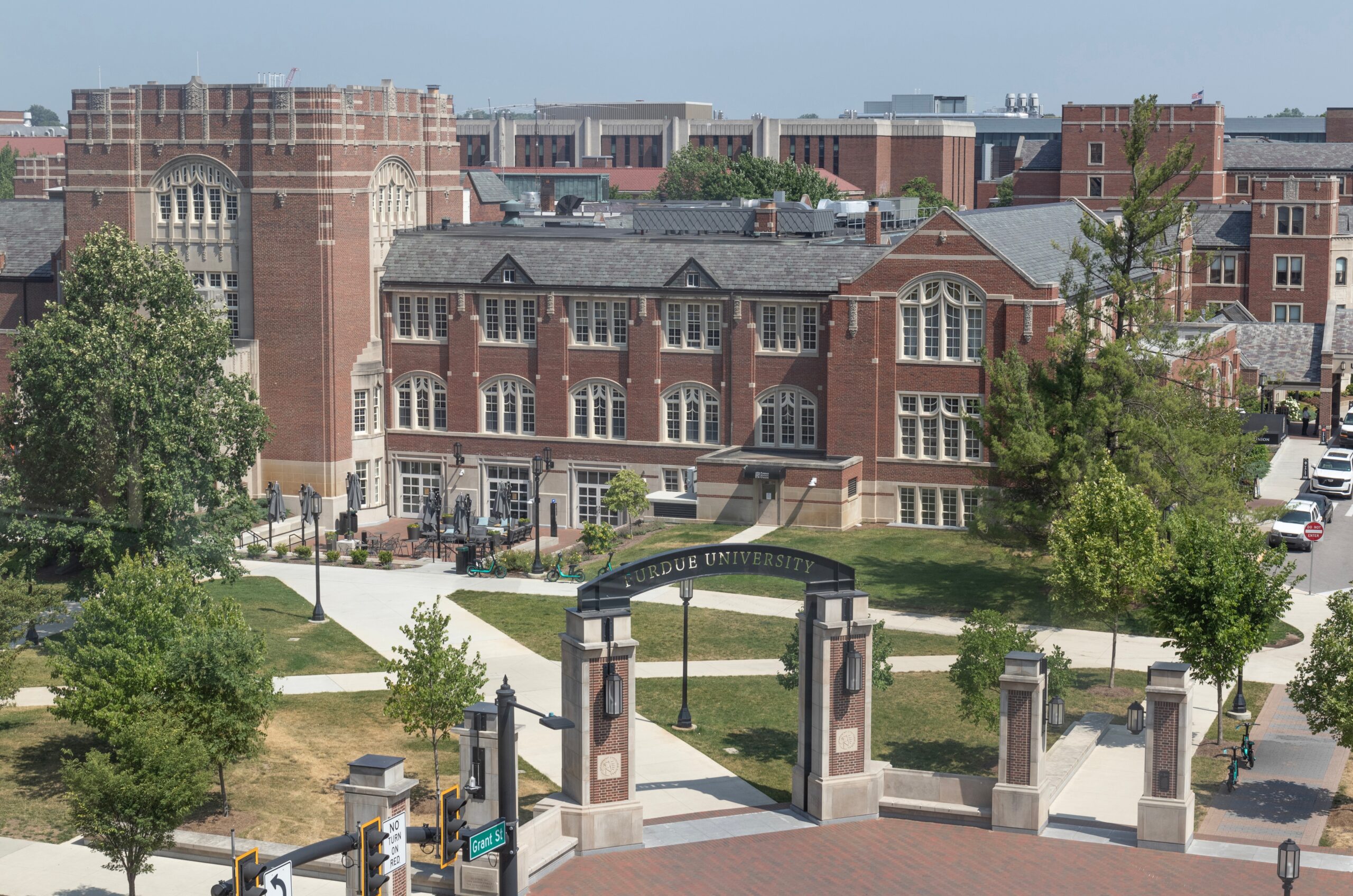
Purdue University spans over 2,468 acres in West Lafayette, Indiana. It serves a student population of more than 50,000, including undergraduates, graduates, and professional students. Established in 1869, it is known for its world-class engineering, technology, and agricultural programs. The campus features modern labs, historic buildings, and expansive green spaces. Purdue’s Discovery Park District fosters innovation with state-of-the-art research facilities. Iconic landmarks include the Purdue Bell Tower and Mackey Arena. Its Midwestern location provides a serene but dynamic learning environment.
University of Florida – Gainesville, Florida
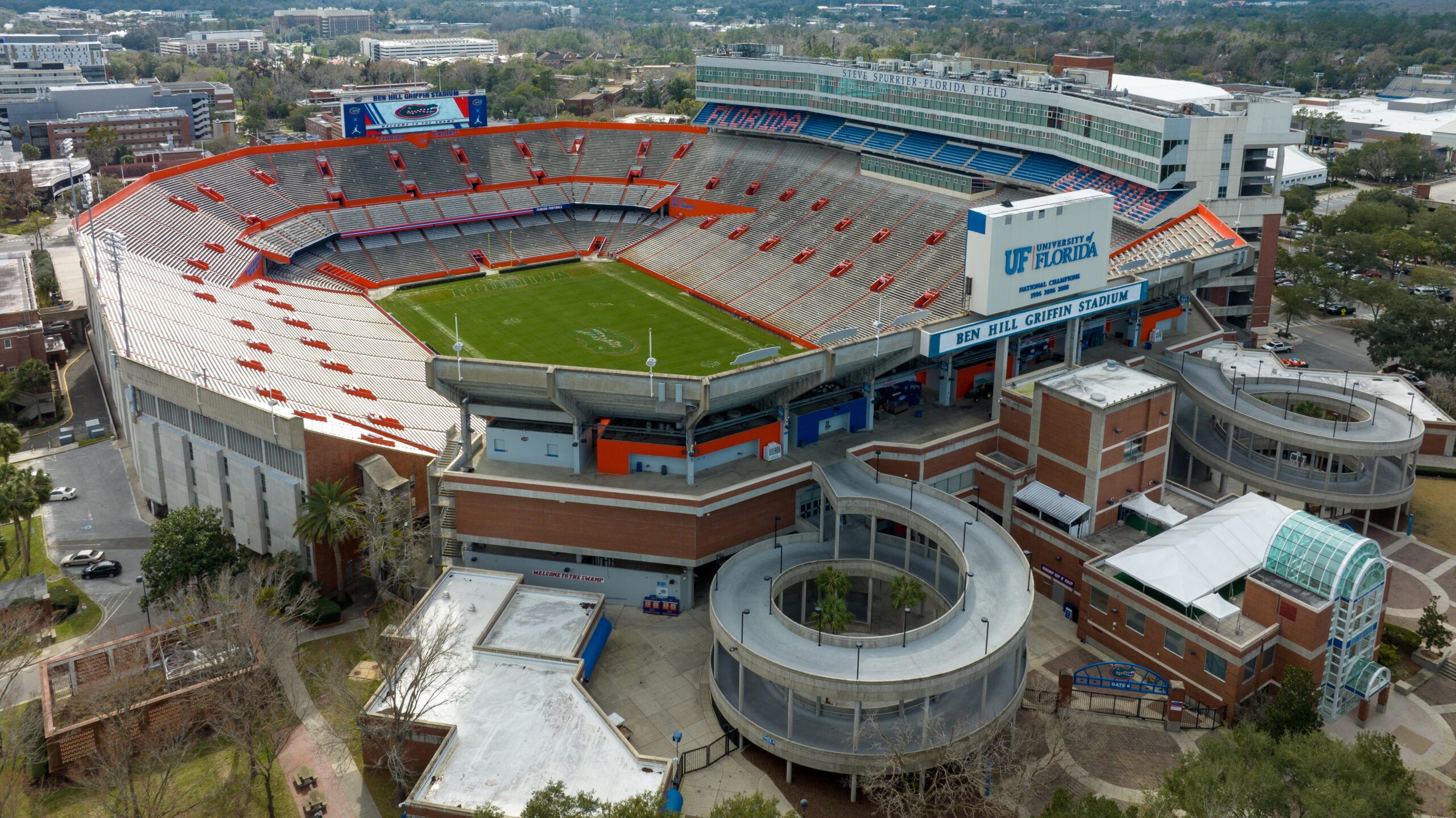
The University of Florida (UF) covers 2,000 acres in Gainesville, Florida. It serves nearly 60,000 students and is one of the oldest public universities in the state, established in 1853. The campus features a mix of historic and modern architecture, with lush green spaces and walking trails. UF is a leader in research, particularly in agriculture, health, and engineering. Ben Hill Griffin Stadium, known as “The Swamp,” is a landmark for Gators football fans. The university also promotes sustainability, with initiatives like solar energy and waste reduction. Gainesville’s college-town atmosphere enhances the student experience.
Ohio State University
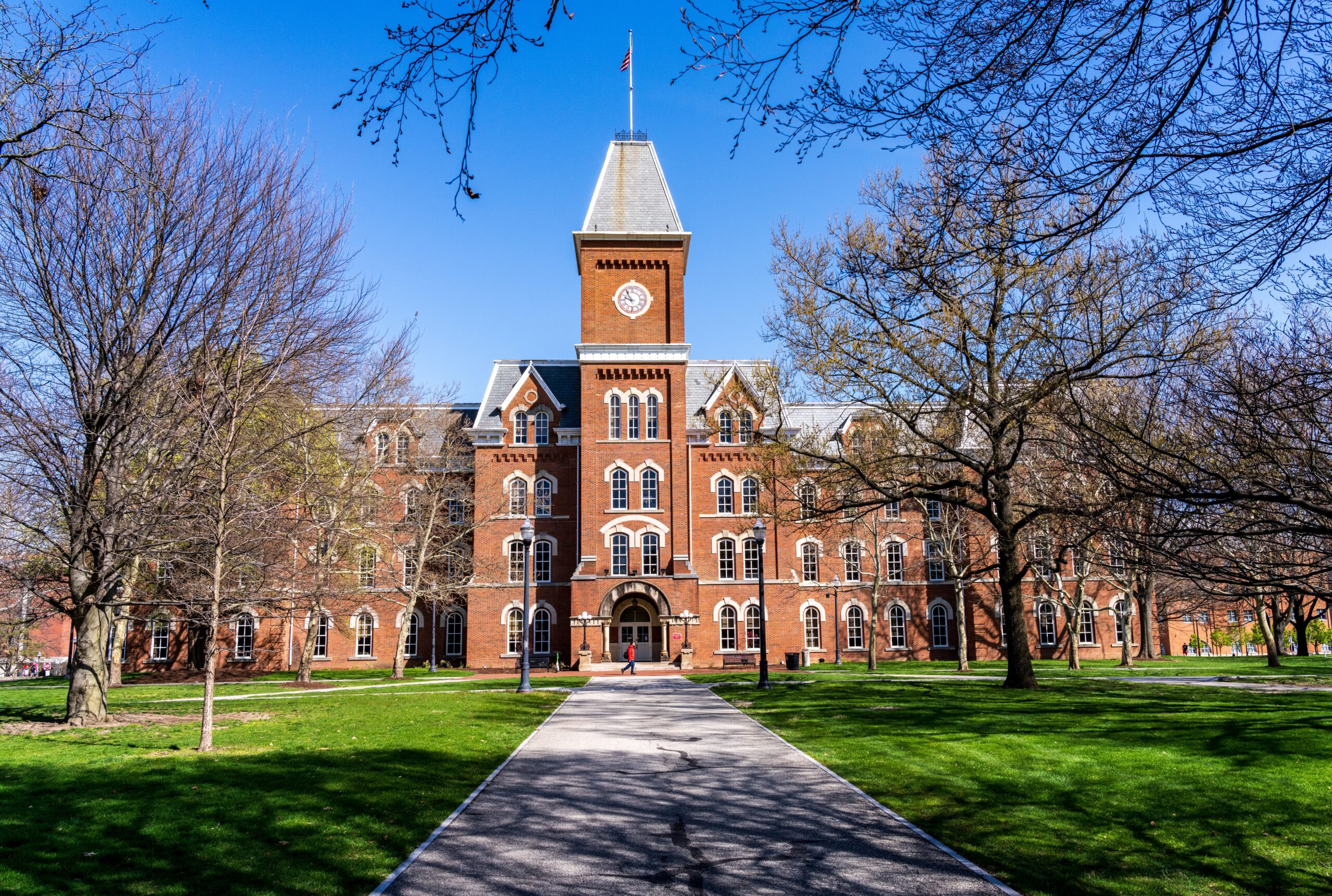
Ohio State University spans a massive 1,764 acres in Columbus, Ohio. With over 61,000 students, it ranks among the largest campuses by enrollment in the nation. Established in 1870, it is known for its rich history and commitment to research. The Oval, a large central green space, is a hub for student gatherings. The Wexner Medical Center is a leading healthcare and research facility. Ohio Stadium, or “The Horseshoe,” seats over 100,000 fans during football games. The university also emphasizes sustainability, with numerous LEED-certified buildings. The vibrant campus fosters a strong sense of Buckeye pride.
University of Central Florida
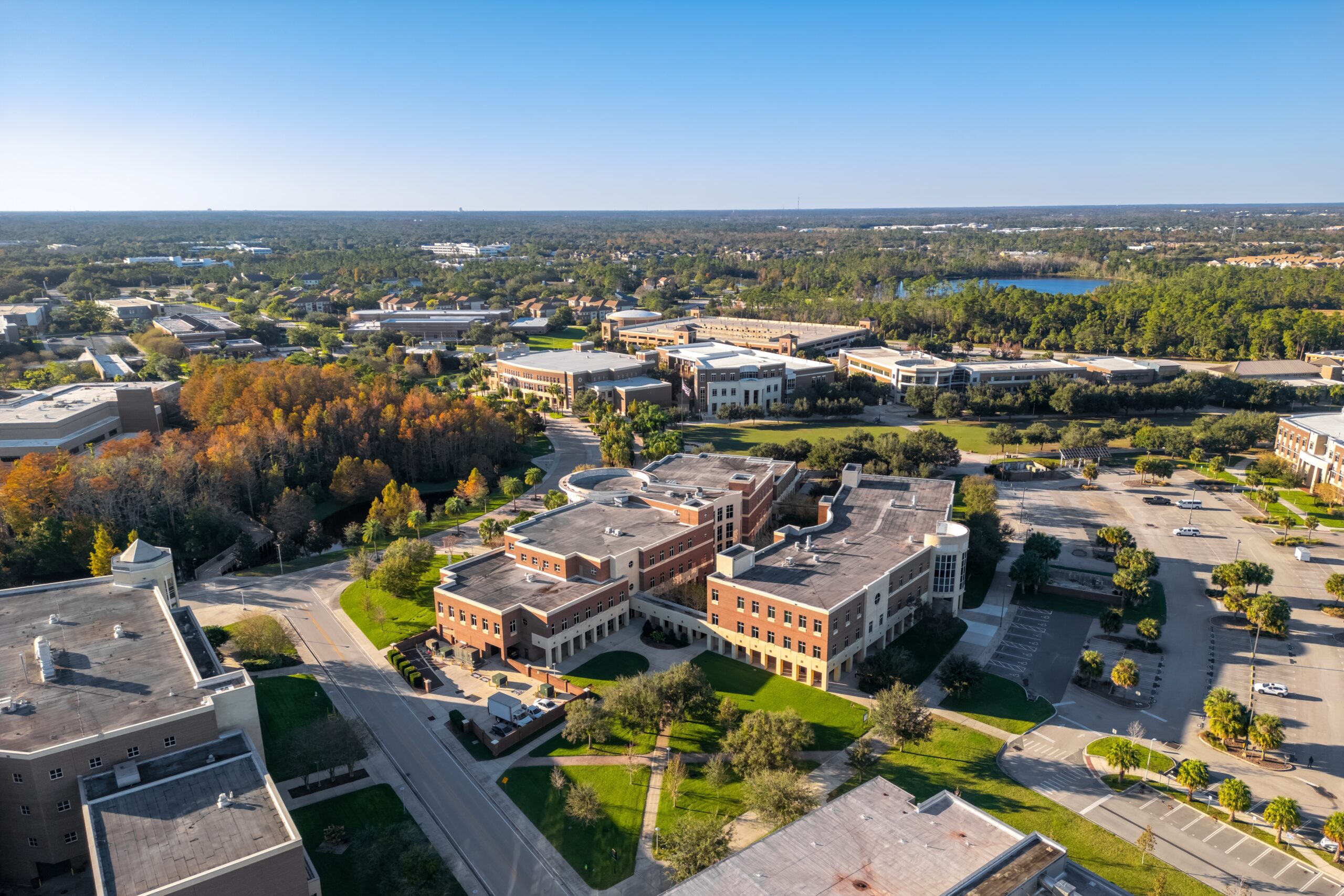
The University of Central Florida (UCF) spans 1,415 acres in sunny Orlando, Florida. It is home to nearly 70,000 students, making it the largest university by enrollment in the state. Established in 1963, UCF has rapidly expanded its academic and research facilities. The campus includes the state-of-the-art UCF Research Park and multiple green spaces. Its facilities support cutting-edge programs in engineering, hospitality, and space exploration. The Addition Financial Arena hosts concerts, sports, and community events. Nearby theme parks and entertainment make UCF an attractive choice for students seeking opportunities beyond academics.
University of Maryland
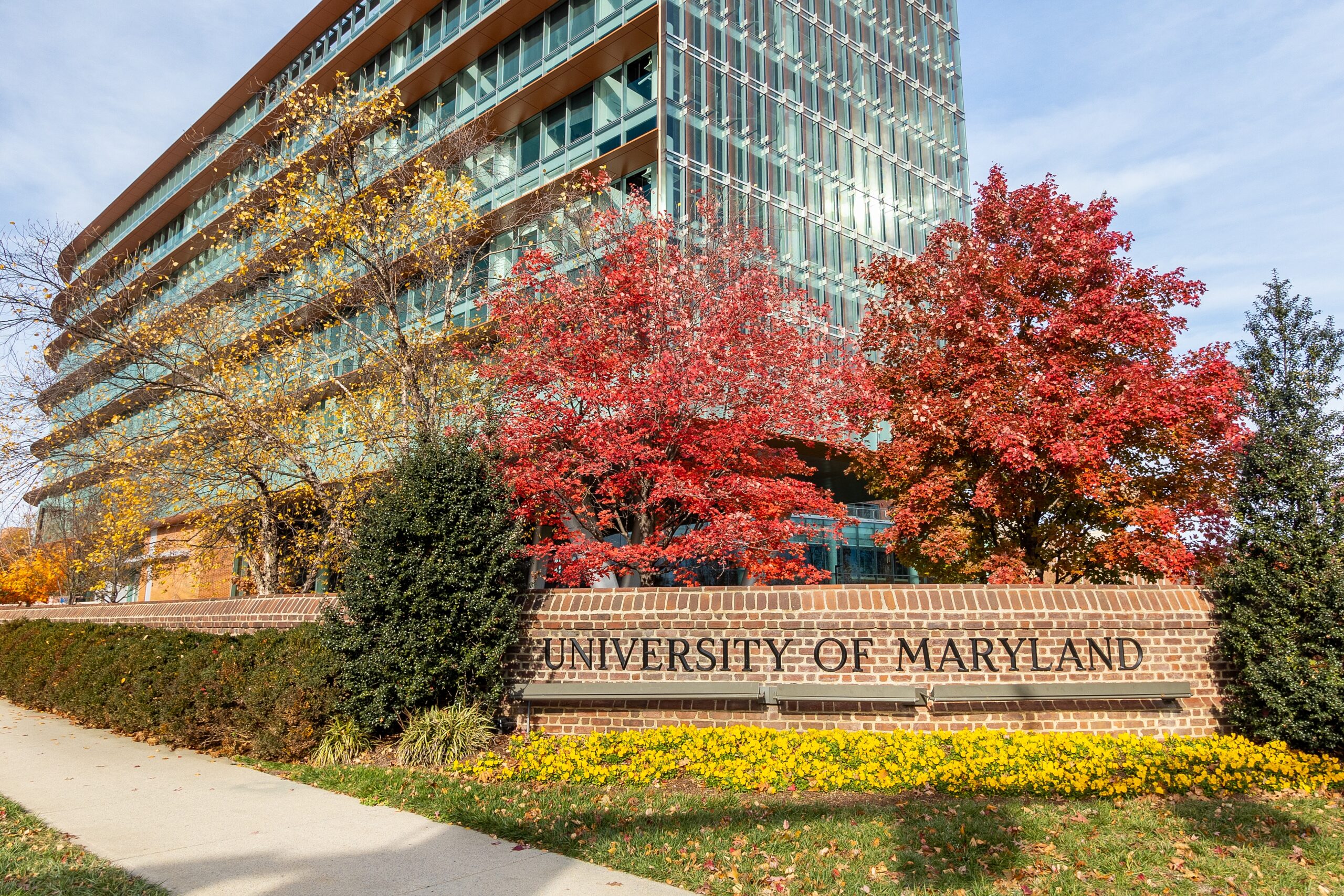
The University of Maryland occupies 1,335 acres in College Park, Maryland. It enrolls over 40,000 students and serves as a hub for research and innovation. Established in 1856, it is one of the nation’s oldest public universities. The campus features diverse architecture, ranging from historic McKeldin Library to modern science buildings. It hosts the Clarice Smith Performing Arts Center and the Xfinity Center for sports and events. Its proximity to Washington, D.C., provides unique internship and career opportunities. Sustainability initiatives, including campus-wide green projects, are integral to its operations.
University of Texas at Austin
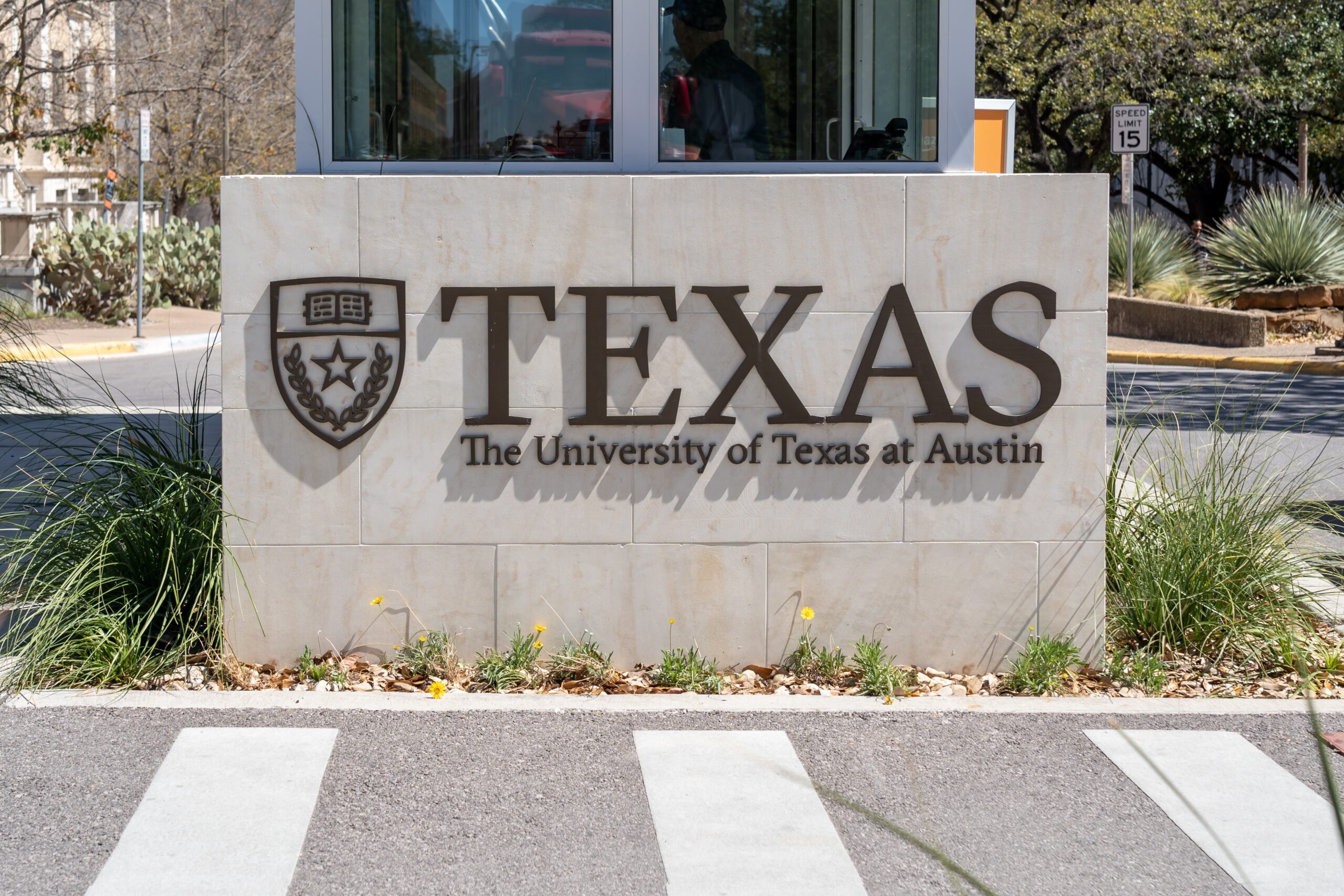
The University of Texas at Austin covers 431 acres in the heart of the vibrant city. It serves over 51,000 students, offering diverse academic and extracurricular opportunities. Founded in 1883, it is a flagship institution renowned for engineering, business, and liberal arts. The UT Tower is an iconic centerpiece of the campus. Facilities include the Lyndon B. Johnson Presidential Library and the Darrell K Royal–Texas Memorial Stadium. The Blanton Museum of Art showcases one of the largest collections in the region. Austin’s dynamic music and tech scene enrich the student experience.
University of Arizona
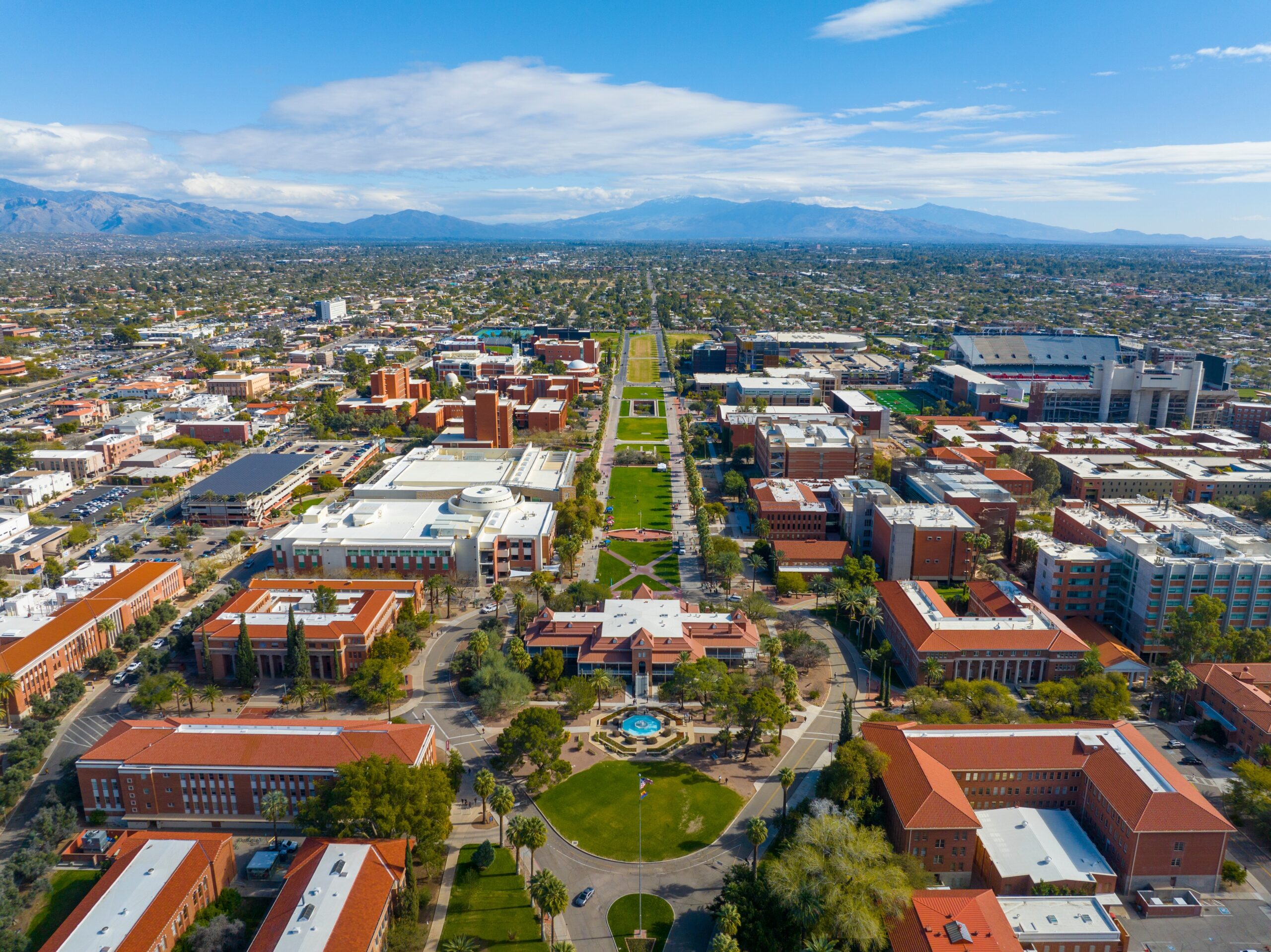
The University of Arizona occupies 392 acres in the heart of Tucson, Arizona. It enrolls over 47,000 students, offering a mix of undergraduate and graduate programs. Founded in 1885, it is known for its research in space science and environmental studies. The campus features iconic landmarks like Old Main and the Arizona Stadium. Its location near the Sonoran Desert adds a unique natural beauty. Facilities include state-of-the-art labs, libraries, and wellness centers. Its commitment to sustainability includes water conservation and green building initiatives.
Florida International University – Miami, Florida
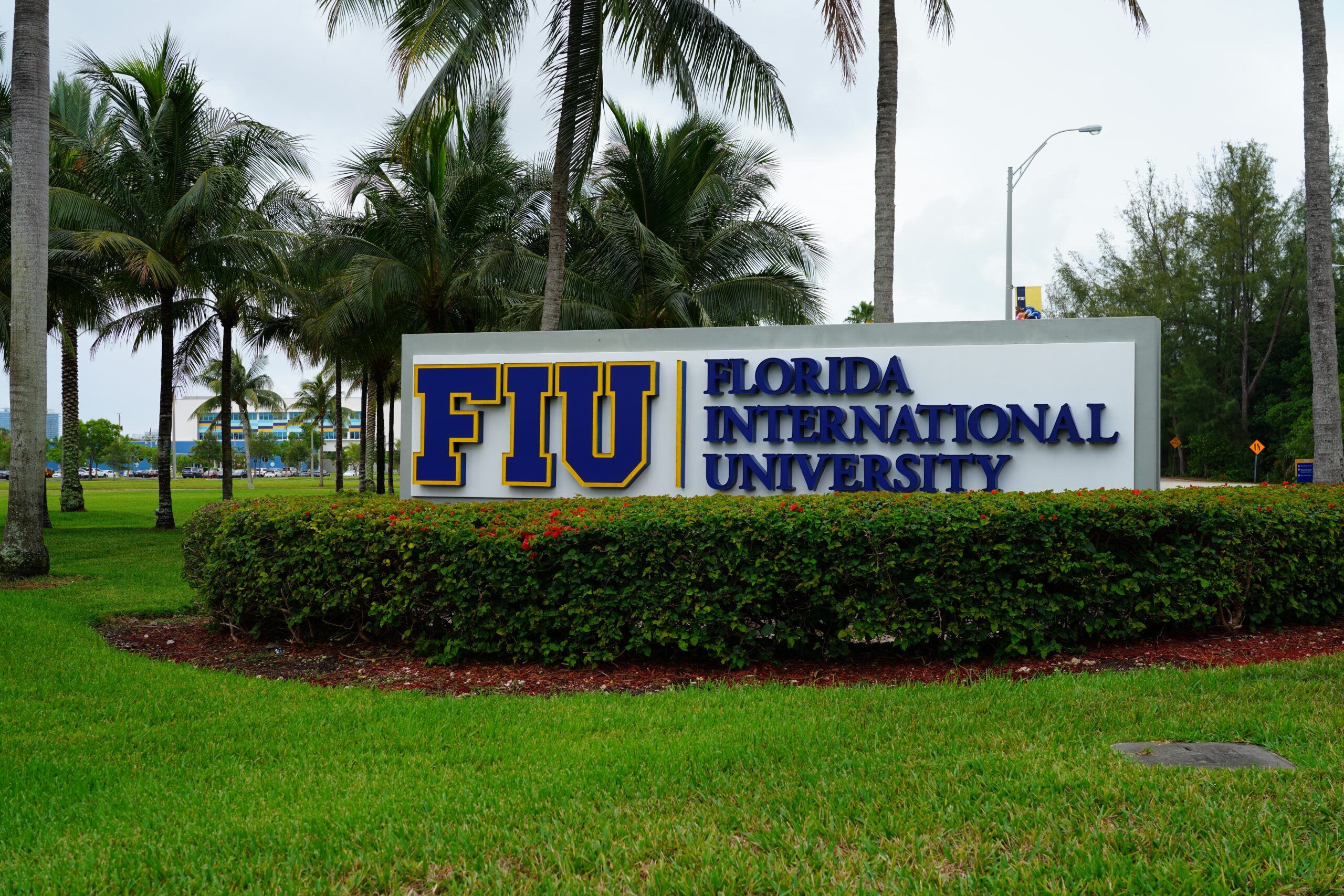
Florida International University (FIU) spans 344 acres across its main campus in Miami, Florida. It serves over 58,000 students, making it one of the largest public universities in the state. Established in 1965, it is a leader in business, engineering, and international studies. The campus features modern buildings, green spaces, and recreational facilities. FIU’s Herbert Wertheim College of Medicine is a highlight of its academic offerings. Its location in Miami provides access to cultural diversity and career opportunities. Sustainability is a priority, with several LEED-certified buildings on campus.
This article originally appeared on Rarest.org.
More from Rarest.org
22 Rare Birds Making Astonishing Migrations Around the World

Bird migrations are some of the most incredible feats in the animal kingdom. Certain species fly thousands of miles across oceans and continents, navigating natural obstacles and weather patterns. Read More.
15 Historic Buildings at Risk of Being Lost Forever
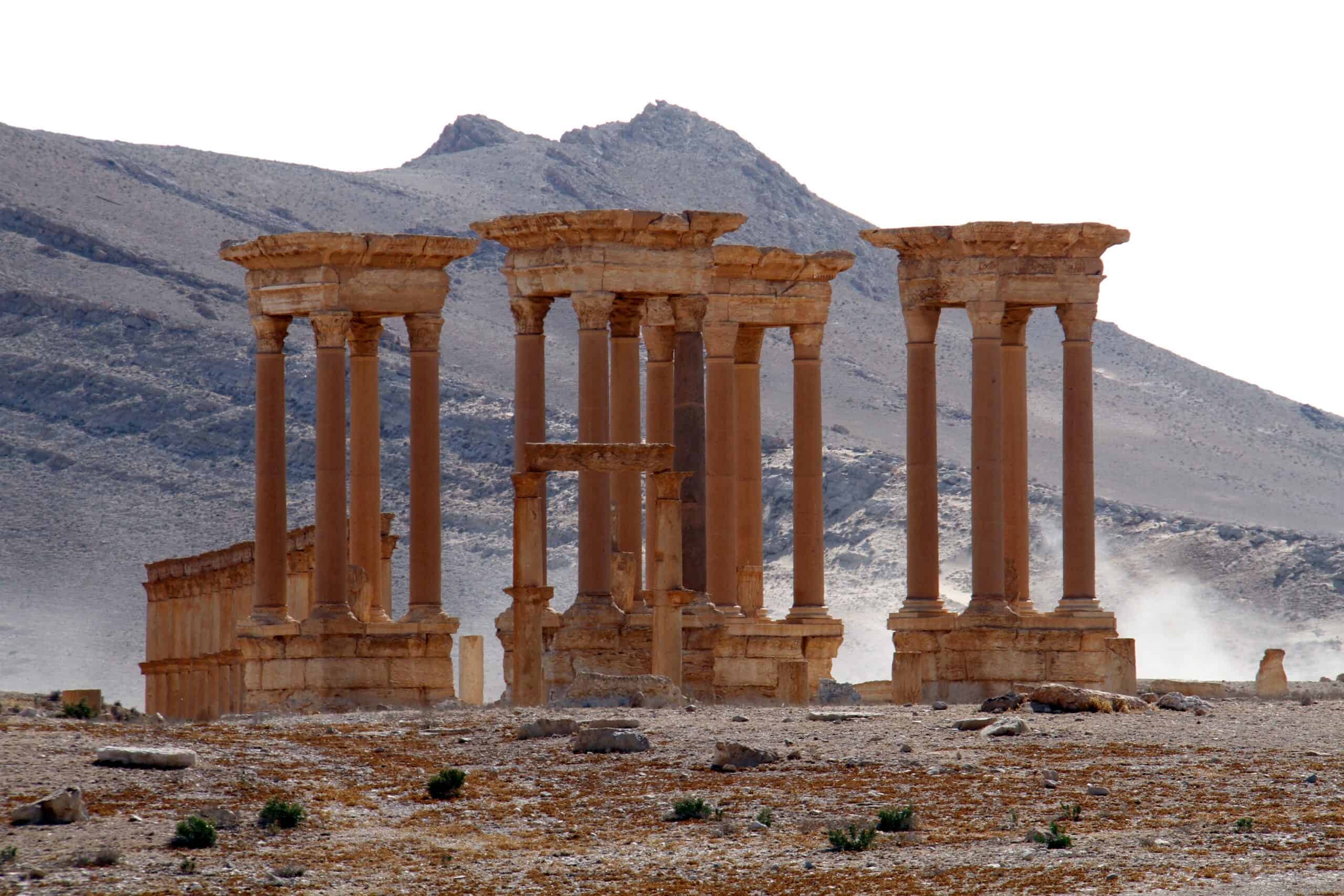
Historic buildings have stood the test of time, but many are now at risk of being lost forever. Read More.
10 Oldest Religions in the World

Religion has shaped human culture and society for thousands of years. Some of the world’s oldest religions continue to influence billions of people today. Read More.
